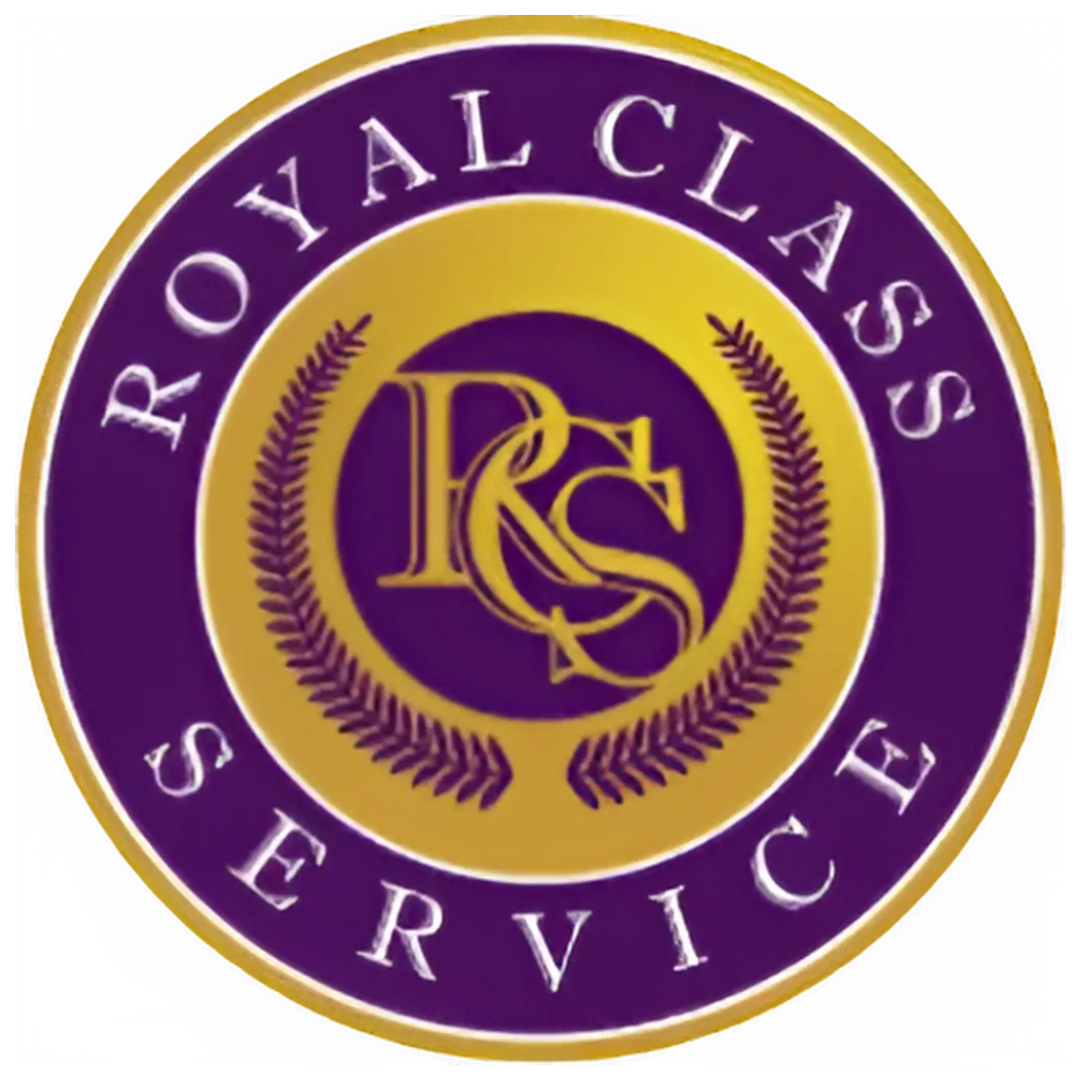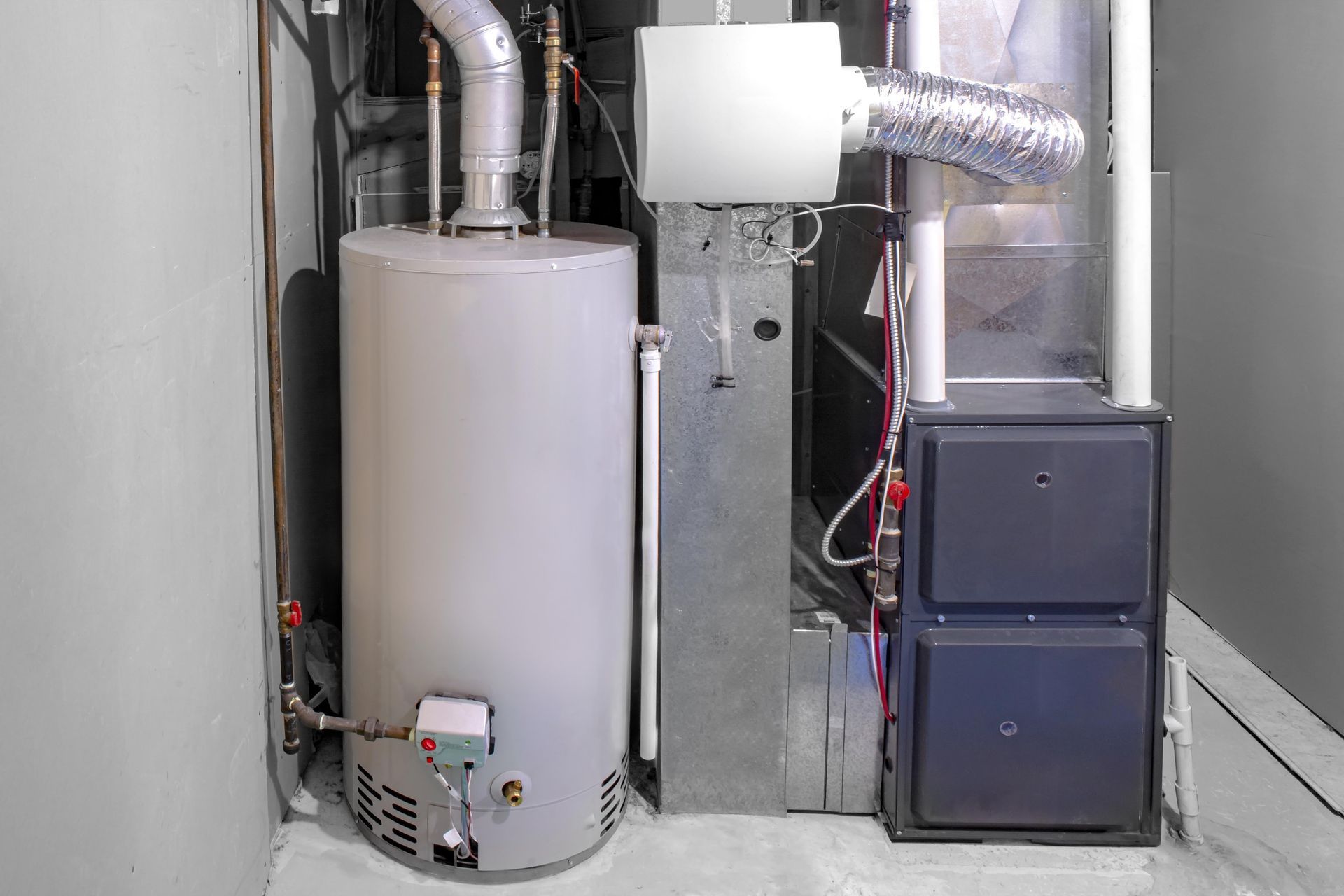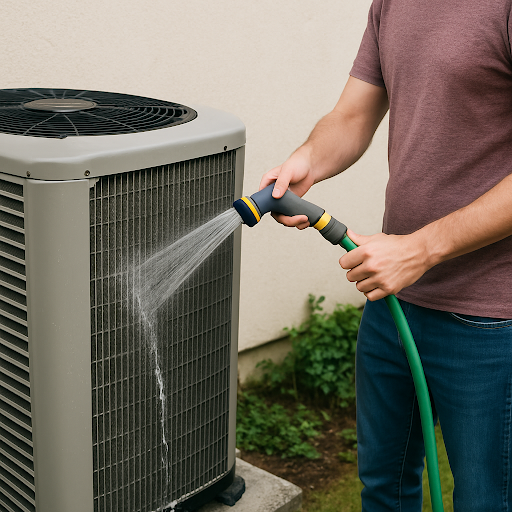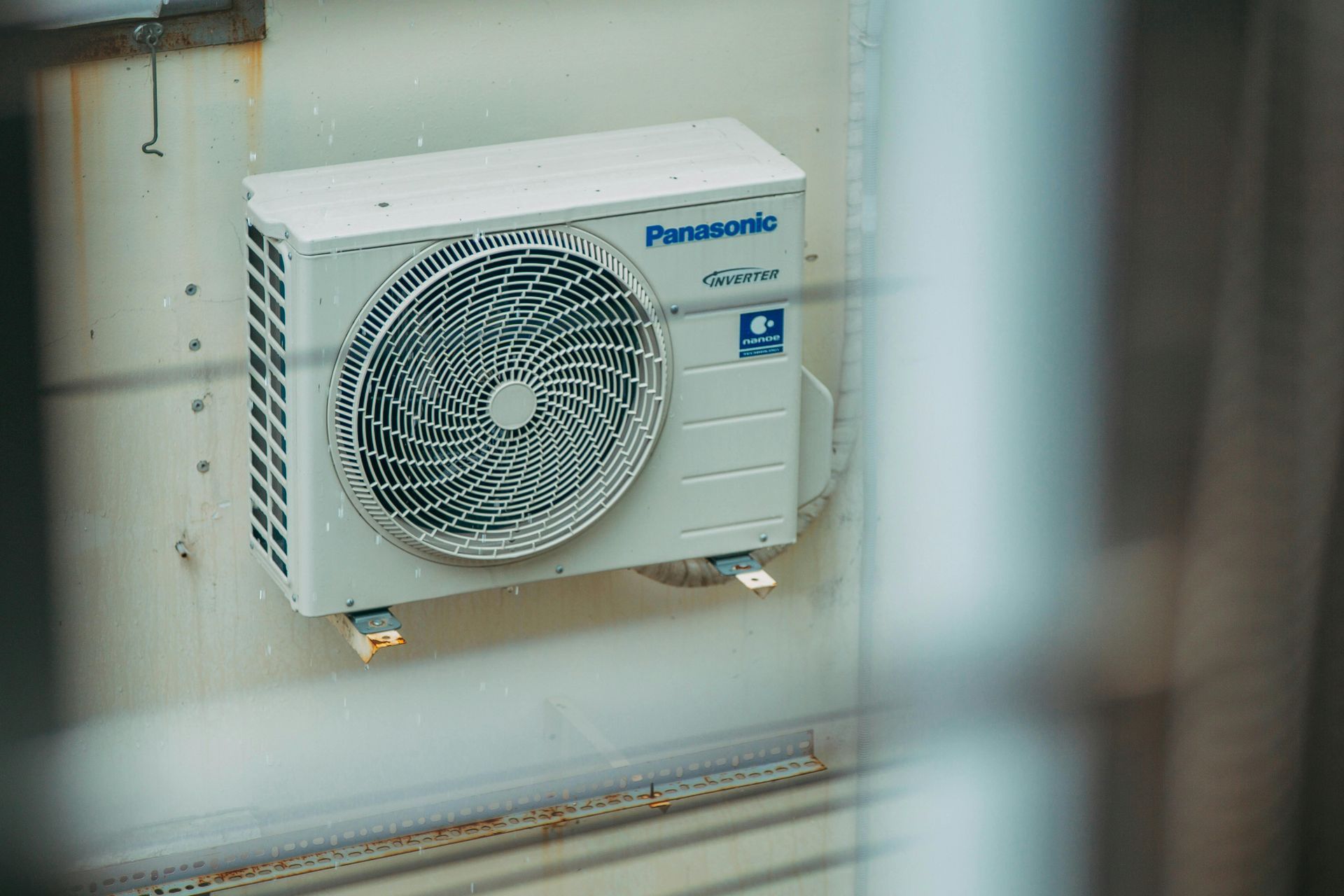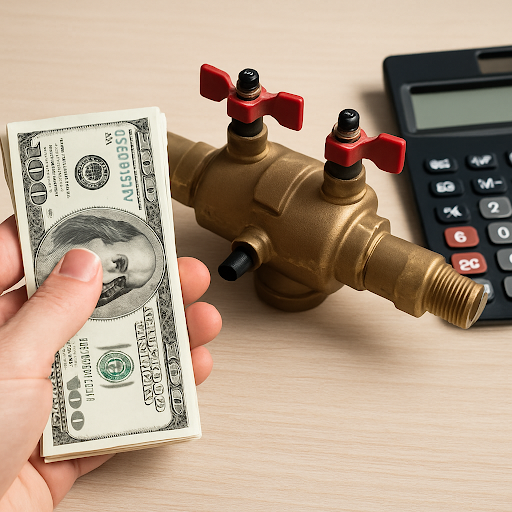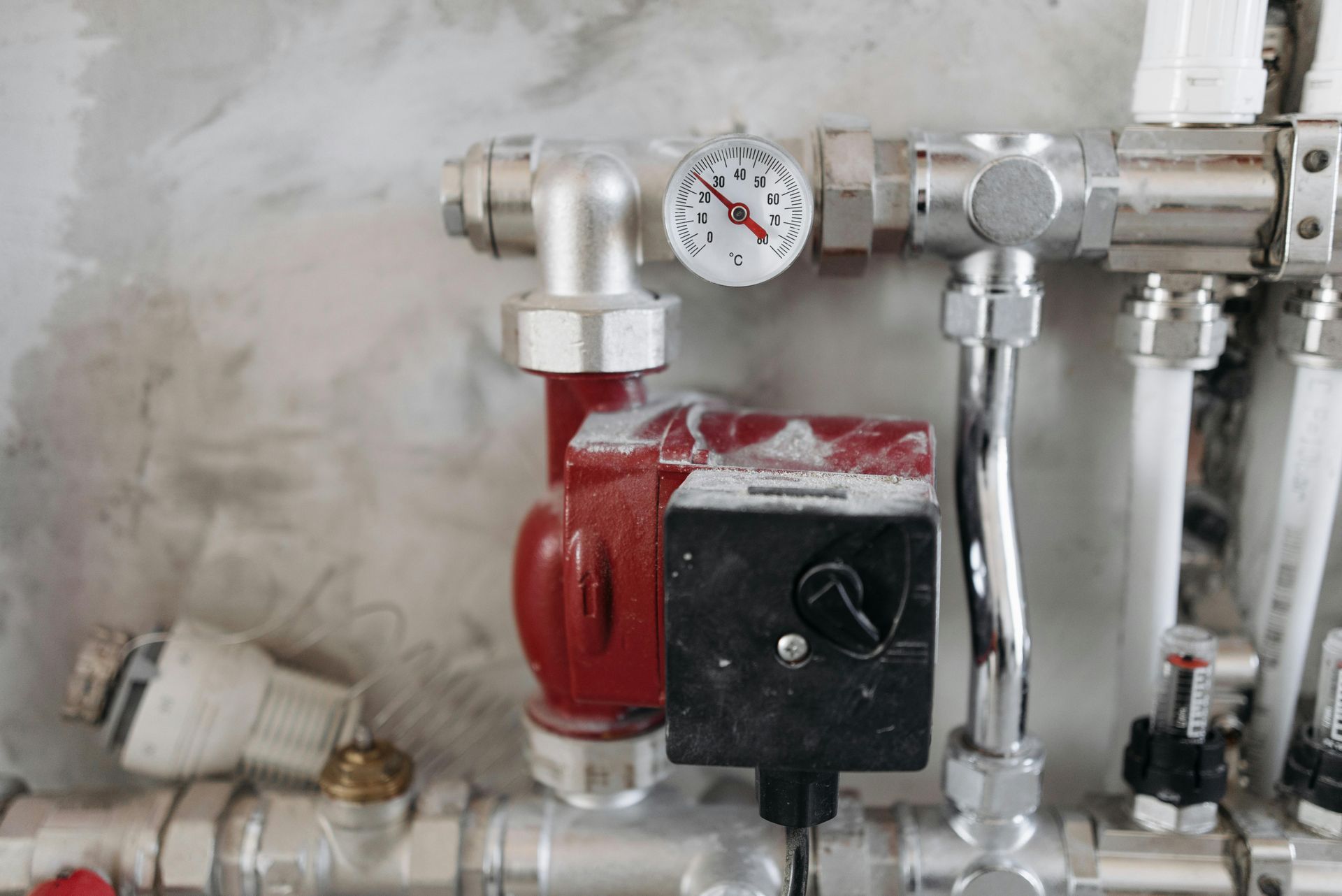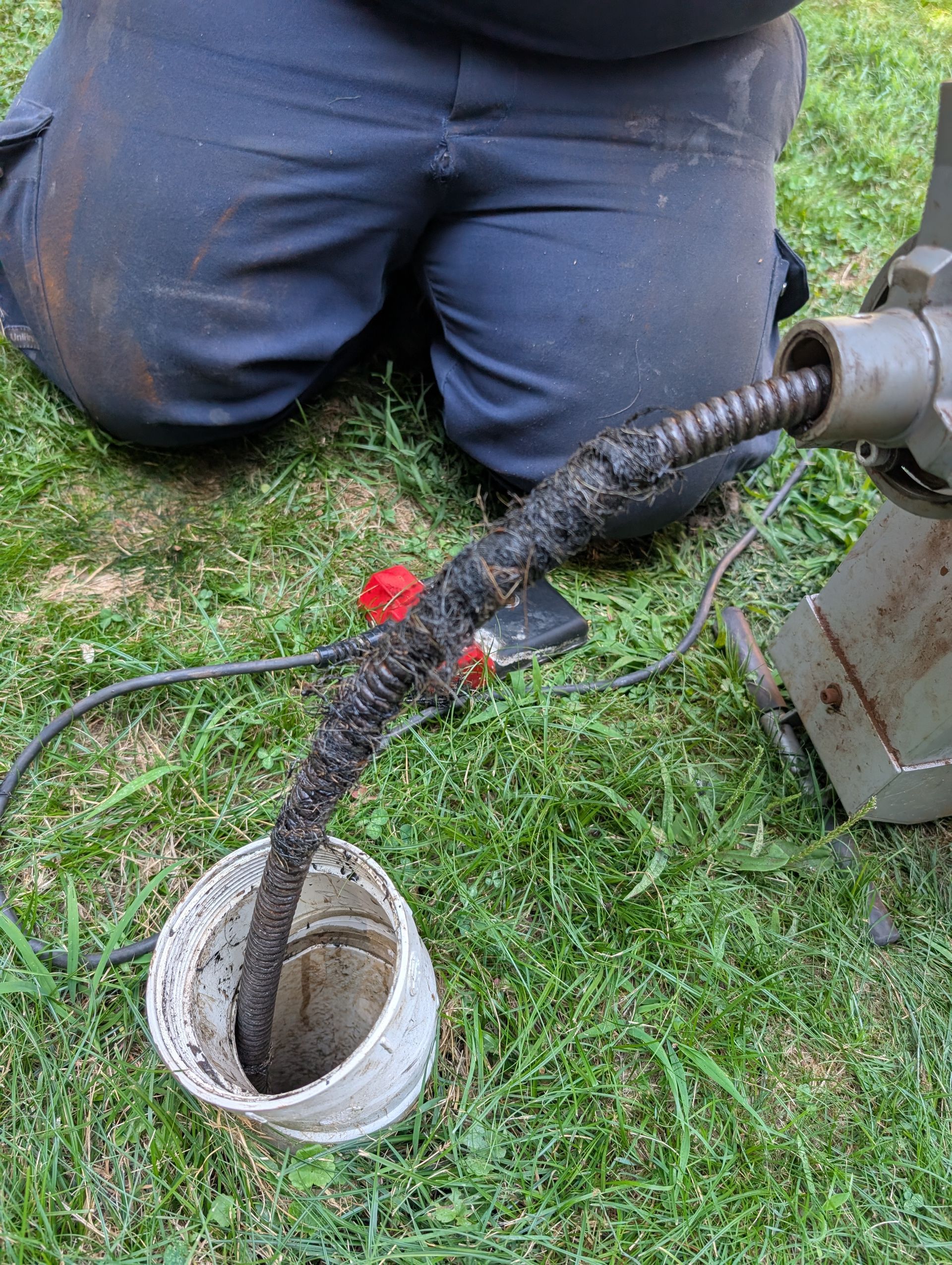How Does Drain Cleaning Work? Professional Methods Explained
A slow-draining sink or a gurgling toilet is a common household problem. While many homeowners reach for a chemical cleaner or a simple plunger, these DIY methods often only provide a temporary fix, pushing the problem further down the line or, worse, damaging the pipes.
When a clog is deep, severe, or recurring, it's time to call in the professionals. But how does drain cleaning work when a plumber gets involved?
Professional drain cleaning is a precise, multi-step process that utilizes advanced technology to not only remove the blockage but also thoroughly clean the pipes, ensuring a long-lasting solution.
Step 1: Diagnosis with Video Inspection

The first and most crucial step in professional drain cleaning is accurate diagnosis. Unlike the guesswork involved in DIY methods, a professional plumbing service starts by understanding the exact nature and location of the problem.
- The Technology: Plumbers use a tiny, high-resolution, waterproof camera attached to a flexible cable. This camera is fed into the drain line, providing a live video feed of the pipe's interior.
- The Purpose: This inspection allows the technician to identify the exact cause of the blockage—whether it's a simple hairball, a grease buildup, a foreign object, or a more serious issue like tree root intrusion or a cracked pipe.
- The Benefit: Knowing the precise problem allows the plumber to select the most effective and least invasive cleaning method, saving time and preventing unnecessary damage.
Step 2: Mechanical Clearing with Drain Snaking (Cabling)
For most common household clogs, such as those caused by hair, soap scum, or minor grease buildup, the plumber will use a professional-grade drain snake, also known as a cable auger.
- The Tool: This is a long, flexible metal cable with a specialized cutting head or corkscrew tip on the end. Professional snakes are much longer and more powerful than the small, hand-held versions available to consumers.
- The Process: The plumber feeds the cable into the drain. As the cable is pushed and rotated, the tip either breaks up the blockage into smaller, manageable pieces that can be flushed away, or it hooks onto the material (like a hair clog) and pulls it out of the pipe.
- The Application: Snaking is highly effective for localized clogs in sinks, tubs, and toilets, and for clearing obstructions in the main sewer line.
Step 3: The Ultimate Cleanse with Hydro-Jetting
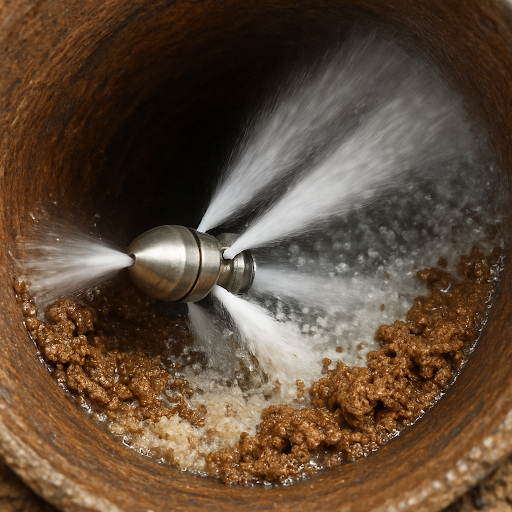
For severe, recurring clogs, or when the pipe needs a complete overhaul, the gold standard is hydro-jetting. This method is the most powerful and thorough way to clean a drain line.
- The Tool: A hydro-jetting machine uses a specialized nozzle to shoot highly pressurized water—up to 4,000 PSI—through the pipe.
- The Process: The force of the water is strong enough to scour the inside walls of the pipe, effectively removing years of built-up grease, mineral deposits, sludge, and even stubborn tree roots. The nozzle is self-propelled, pulling the hose through the pipe and cleaning as it goes.
- The Application: Hydro-jetting is often used after a video inspection confirms heavy buildup or root intrusion. It doesn't just clear a path through the clog; it restores the pipe to its original diameter, significantly delaying the next blockage.
Final Thoughts
Professional drain cleaning is a crucial part of maintaining your home's Water Treatment system. By using advanced techniques like video inspection and hydro-jetting, a professional service ensures that your clog is not just temporarily relieved but permanently resolved. Don't let a clogged drain disrupt your life or put your plumbing at risk.
At
Royal Class Service, we use the latest technology to diagnose and clear any blockage, from a simple sink clog to a complex main line issue. We provide the most effective and long-lasting drain cleaning solutions available.
Contact us today to schedule your service and experience the difference of a truly clean drain.
